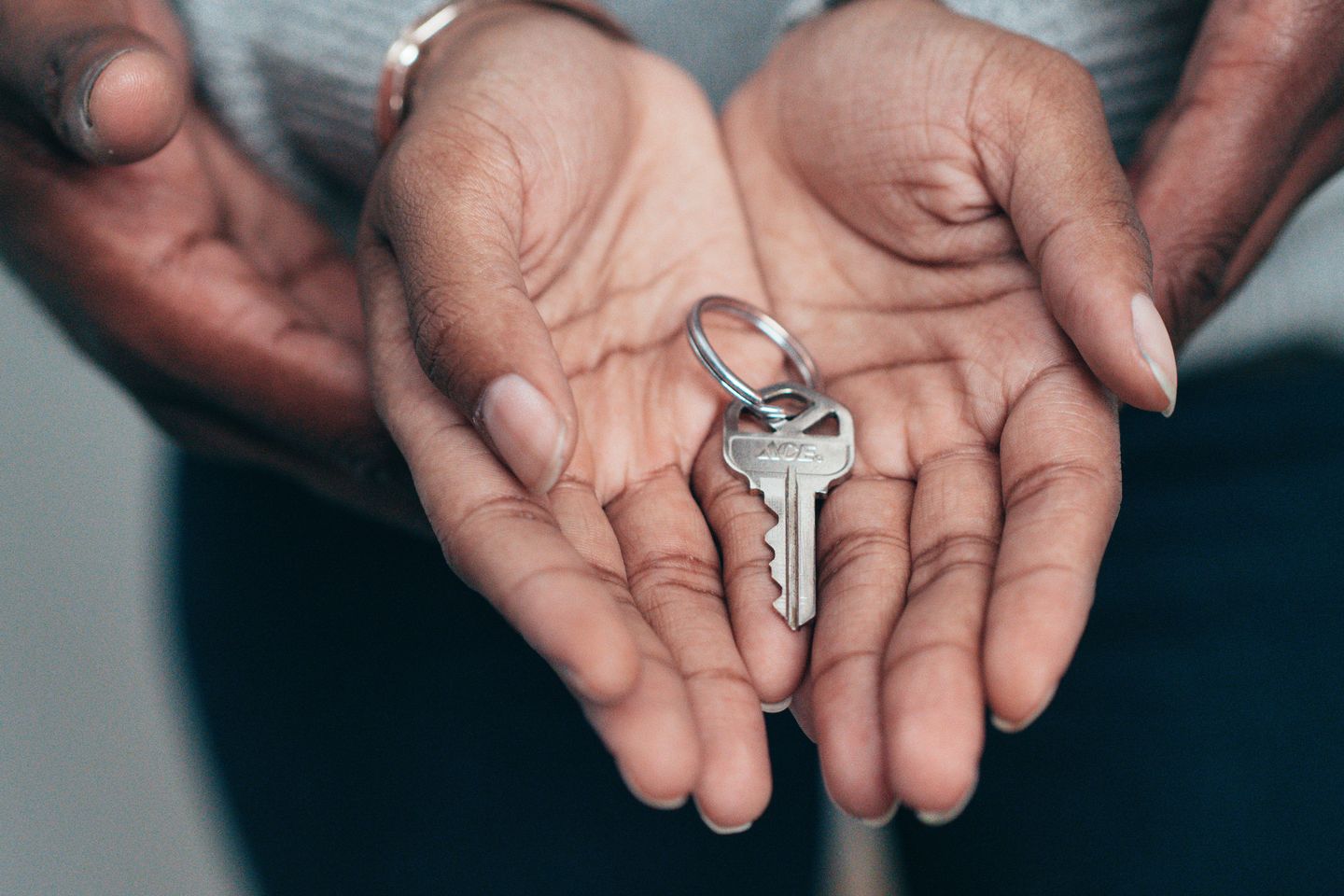
Buying your first home can be daunting; in fact, even if you’ve bought a home before, it still might be a little scary to push through with! This is normal; after all, it does require a lot of money to even consider buying a home. As such, it’s best to remember to start at the beginning and get yourself a home loan.
Before you do that though, make sure you have done the following:
Check If You Have Enough For A Deposit
Before you do anything else, review your financial situation. Check your credit rating, savings and how secure your income stream is. In particular, check to see if you can pay at least 20% of the home’s value from the onset. You will need 20% since most lenders only allow you to borrow 80% of the property value. Thus you’ll need to source that cash from your savings or other means.
If you don’t have that 20%, don’t panic just yet. You can talk to your lender and ask if they’re willing to let you borrow more. Some are willing to let you borrow up to 95% of your home’s value—but you need to find the right lender to actually pull this off!
There is a catch, however. If you borrow more than your lender’s limit, then you’ll have to pay for lenders mortgage insurance (LMI). The purpose of this insurance is to give your lender protection in case you become unable to pay for your loan.
You won’t have to arrange the LMI, as it’s typically the lender’s job to get the papers in order for you to get one. You usually just have to pay a one-off premium upfront or have it added to your loan.
Identify If You Want A Variable, Fixed, Or Split Interest Rate
When deciding what kind of interest rate you want, it’s best to ask yourself some hard questions. Are you the type who likes to take risks, or are you the type who wants everything planned?
If you enjoy taking risks to potentially pay for less interest rate, then you should choose a variable interest rate. The Australian economy or the monetary policy of the Reserve Bank of Australia is what a variable interest rate is based on. Thus how much you pay monthly will likely change over the course of your loan.
There are more benefits to a variable-rate home loan than just potentially paying lower interest rates. You can also make extra repayments, and it’s easy to switch loans in such scenarios. You can even end up restructuring a loan. The most obvious downside, however, is that there may be times where you will end up spending more on your interest—which will make things difficult to budget in the long run.
If you’re the risk-averse type then you should go for a fixed-rate home loan. Should you take a fixed-rate home loan, you are guaranteed the same repayments for the life of the loan. This means you can’t take advantage of any interest rate dips, but also means you won’t be hit by any interest rate hikes as well.
Do note, however, that this type of loan is only fixed for a certain amount of time, such as 1-5 years. After the end of this period, it will change to a variable rate. Some downsides of this type of loan include not being able to use a redraw facility, limited extra repayments, and if you change or settle your loan while it is still in the fixed-rate period, your lender may charge you break fees as well.
Conclusion
Once you have done these, you are ready to get a loan and buy a home. Just remember, you can always end up restructuring a loan later on—if that’s something you can manage. You aren’t trapped with the decisions you’ve made; just look for a reputable financial advisor to help you make the best decision.
Are you looking to find the best home loans in Sydney? Wealthy You has got what you need! We’re an Australian mortgage company that’s been servicing Sydney for almost a decade. Get in touch with us today to find out more about our offers.





